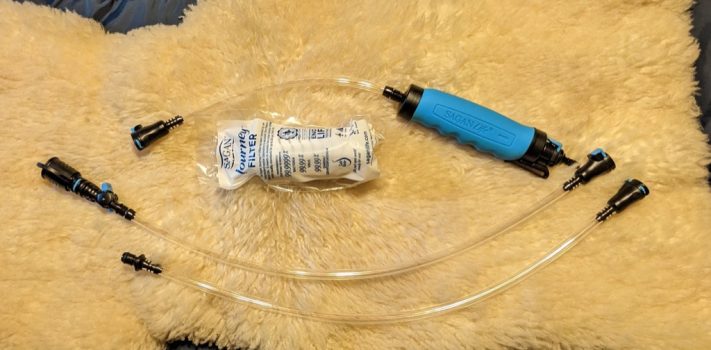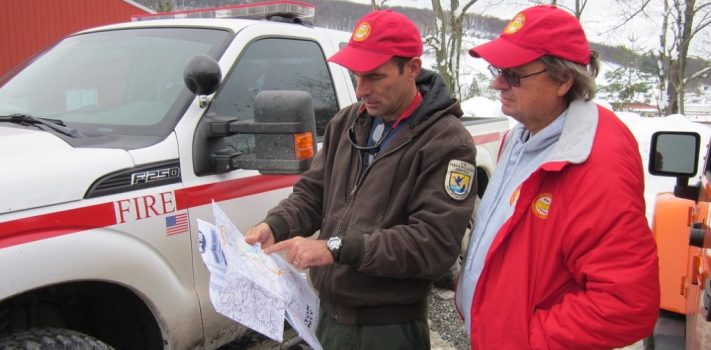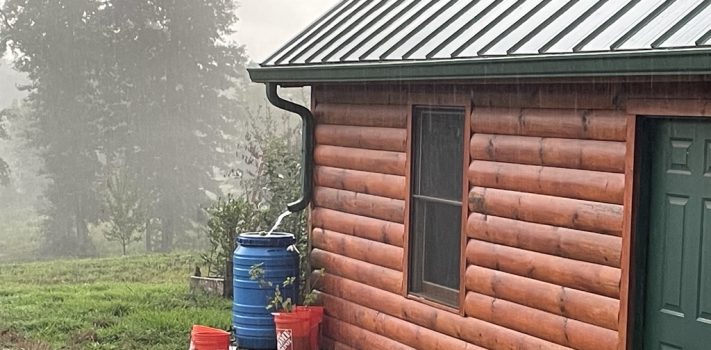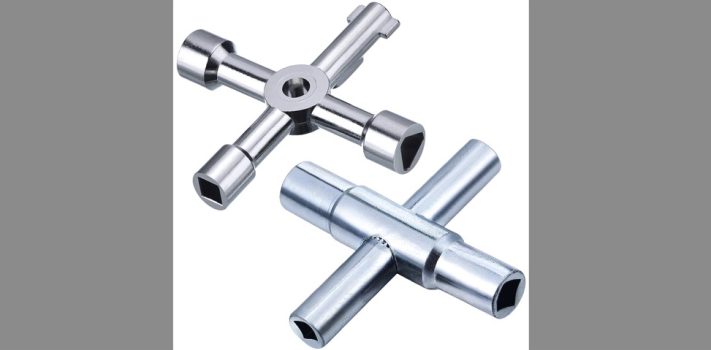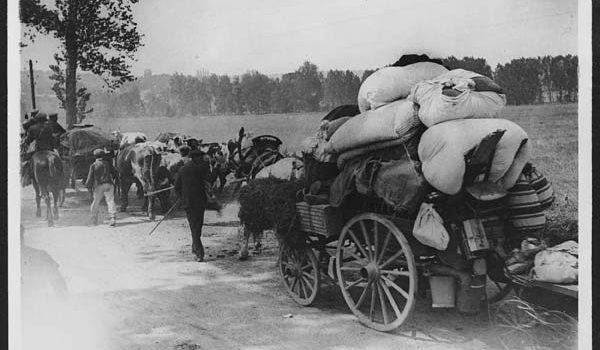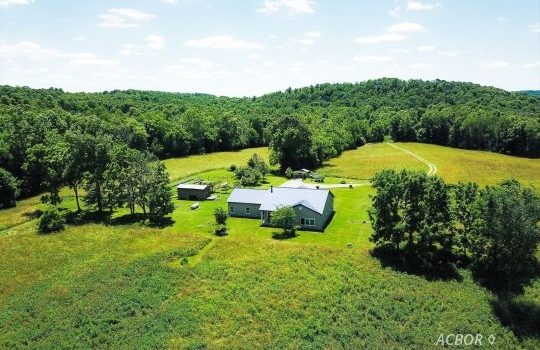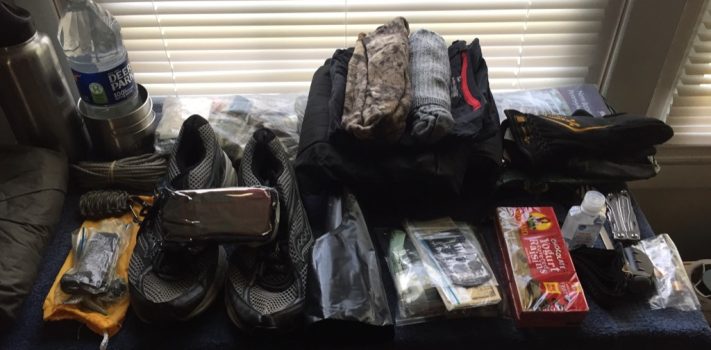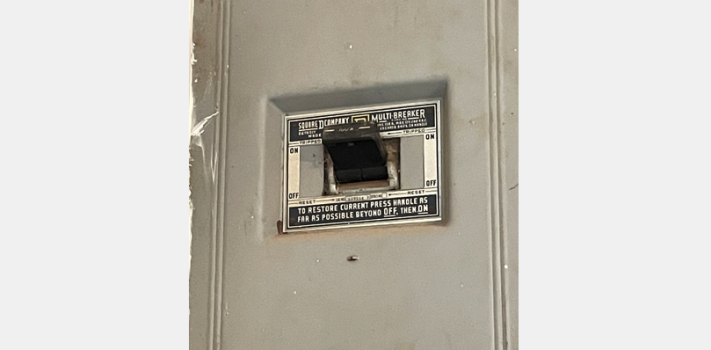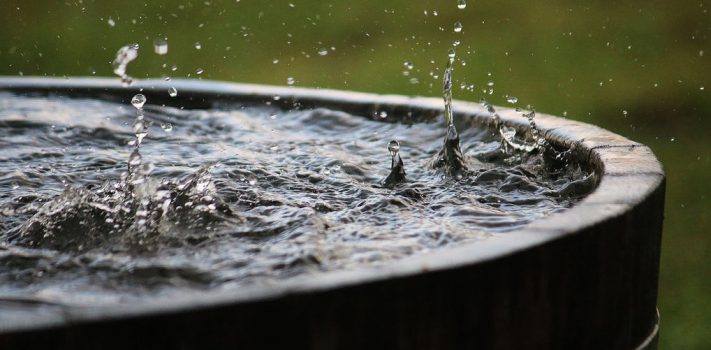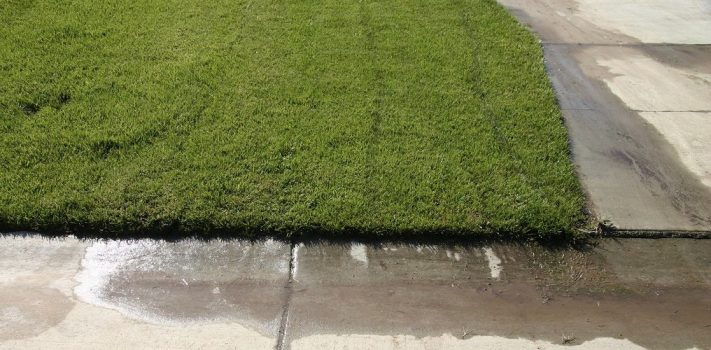XStream Straw Water Filter and AquaBrick, by Thomas Christianson
We all need air, water, food, and protection from the environment (clothing and shelter). If we are deprived of any of these necessities for a long enough time, we will die. Lack of access to clean drinking water can result in death through dehydration or disease. Emergency planning should include securing access to clean drinking water both at home and in the field. I recently had the opportunity to test the Sagan Life XStream Straw Ultralight Water Filter Deluxe. It is light, easy to use, and effective. It is an excellent tool for preparing potable water under field conditions. At …

